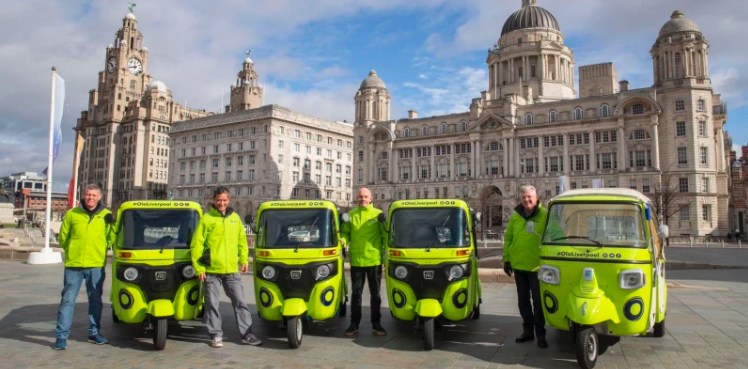The arrival and then, the subsequent rise of ride-sharing facilities such as Ola and Uber has pretty much defined the way we travel and commute in urban cities. And the story of the changing tide in urban mobility isn’t merely restricted to urban centers in developed cities alone. The fact that famous transport aggregators such as Ola and Uber have been fairly successful in changing the transportation dynamics in developing cities as well, tells us about the massive change we have undergone in the past few years.
This comes at a time where private car ownership is increasingly finding competition from the likes of cab-hailing platforms such as these two famous market forces.
In that regard, a major development comes in the form of the arrival of Ola in London. This, remember, is a market it wasn’t present up until now. And therefore, in some ways, it could be said that the arrival of Ola in London serves an important final flourish (for 2019) to the ride-sharing company, based in India just as we are arriving toward the fag end of the year.
The major development sparked by the arrival of Ola in London importantly also sends an important message to the firm’s biggest rival- Uber. It is important to note that London actually happens to be among the biggest markets for Uber. A story in the BBC earlier had mentioned that ride-sharing facility has a prominent presence right in the heart of the English capital, a destination where it already enjoys a stronghold highlighted by the presence of 45,000 drivers.
It is also important to note that the firm has risen consistently over the course of the past few years in what can still be called a relatively new journey:
The company, which was founded in 2011, has 125 million customers and is already present in 110 cities. It plans to start operating in South Wales and Greater Manchester.

But in some aspects, the news about the arrival of Ola in London also points to the fact that this isn’t a rapid or sudden development. Back in 2018, it was clear in the media that the India-based company was targeting Uber’s strong penetration in the British market.
There were also reports that drew attention to Ola’s keenness to lead the industry with its approach to passenger safety, not necessarily an area where Uber has been able to strike gold in the past.
So what happens now that Ola in London is already making widespread news?
As of now, well over 10,000 drivers have registered for the famous ride-sharing service. The build-up to the launch was spurred by regular activity in the month of November, a period where it was announced that the cab-hailing facility would reach one of the most famous and fashionable cities in the world.
But implicit in the arrival of Ola in London is a piece of news that would inspire confidence to the company, albeit in relation to a matter pertaining to its closest market rival.
The news of the arrival of Ola in London actually arrives only a few days after its rival Uber’s license was stripped off in the city of London.
But sounding gung-ho about its arrival in the magnificent English city just ahead of Christmas- Ola shared the following in the media statement:
“In just three weeks, over 10,000 PHV drivers in London have registered to drive on the platform.”
Furthermore, the company also added, “Going forward, Ola will continue to offer the best revenue share for drivers, allowing them to keep more of their earnings in line with the company’s unique driver-centric approach.
Every interaction with drivers in the city has presented us with an opportunity to create a platform that best serves their needs, as well as those of consumers.”


